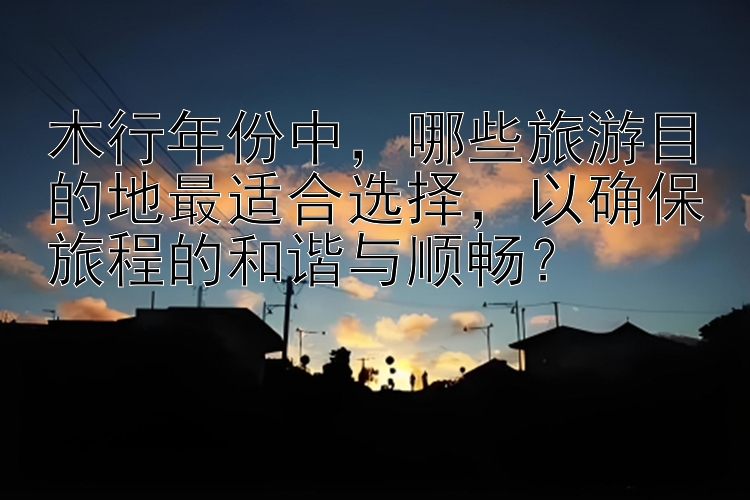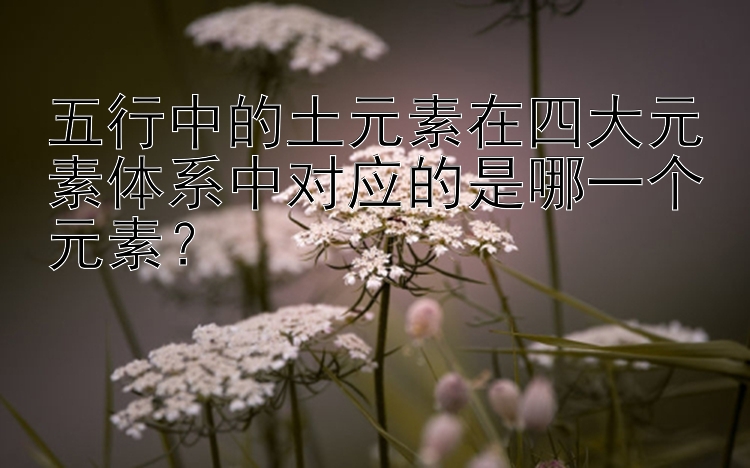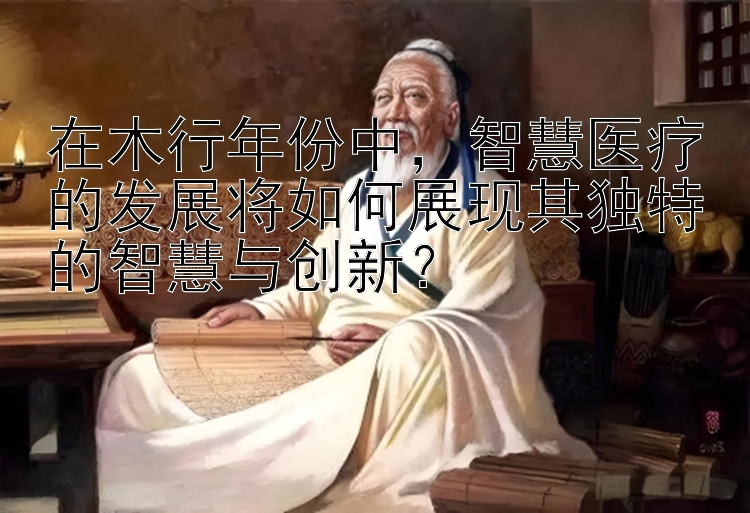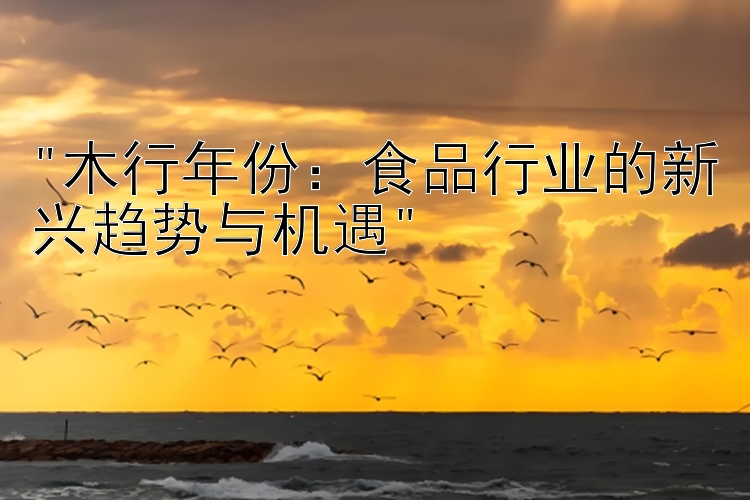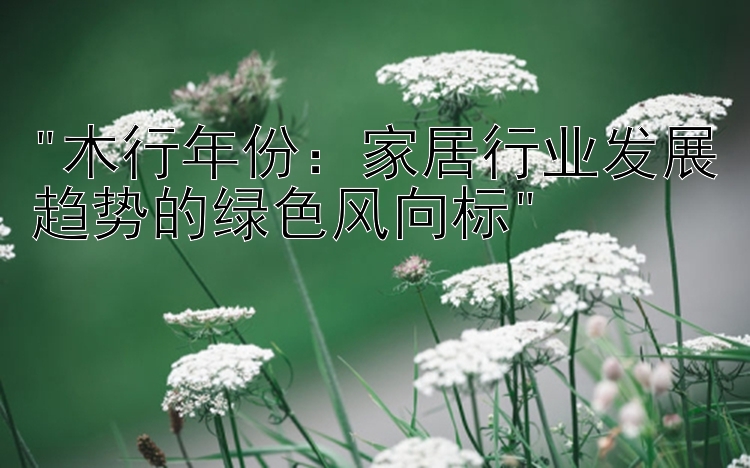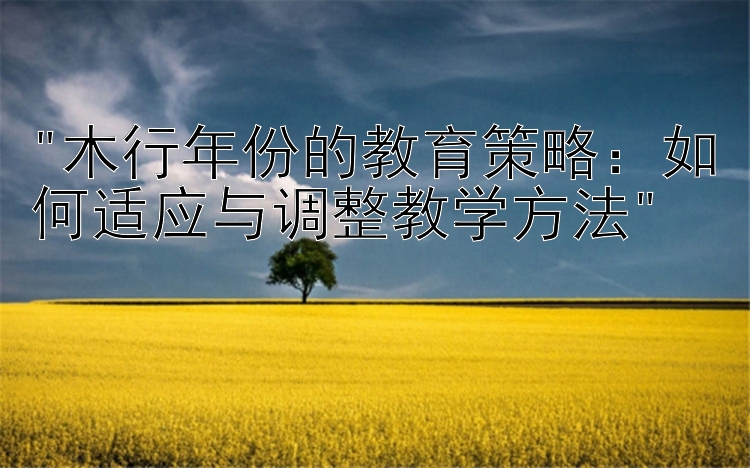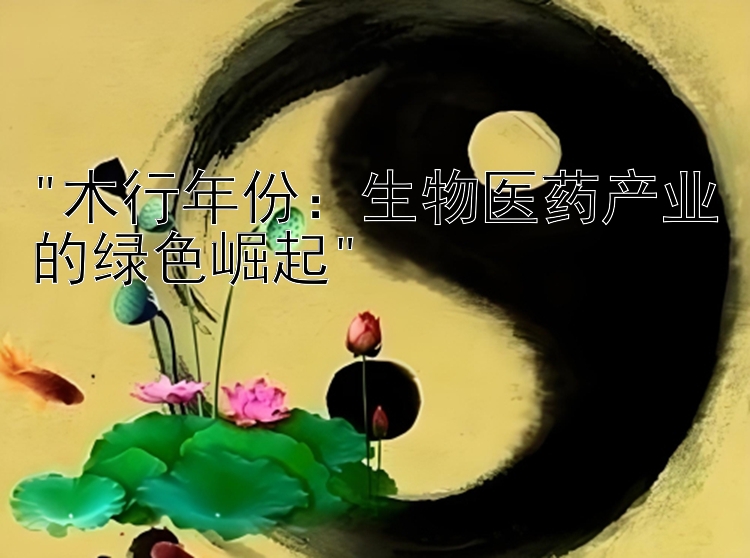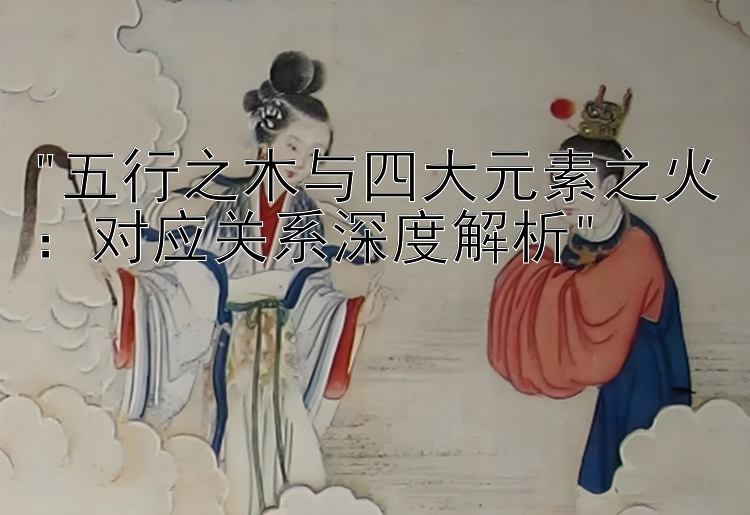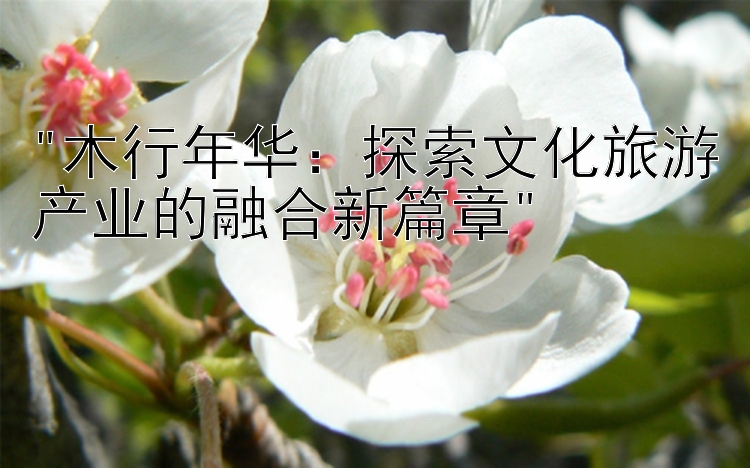何方对应木行?
在古代中国哲学中,五行理论是一种基础的世界观,它认为世间万物都可以分为金、木、水、火、土五种元素。这五种元素 are not only physical substances but also metaphysical principles that govern the universe and human life. Each element is associated with specific qualities, characteristics, and even organs in traditional Chinese medicine.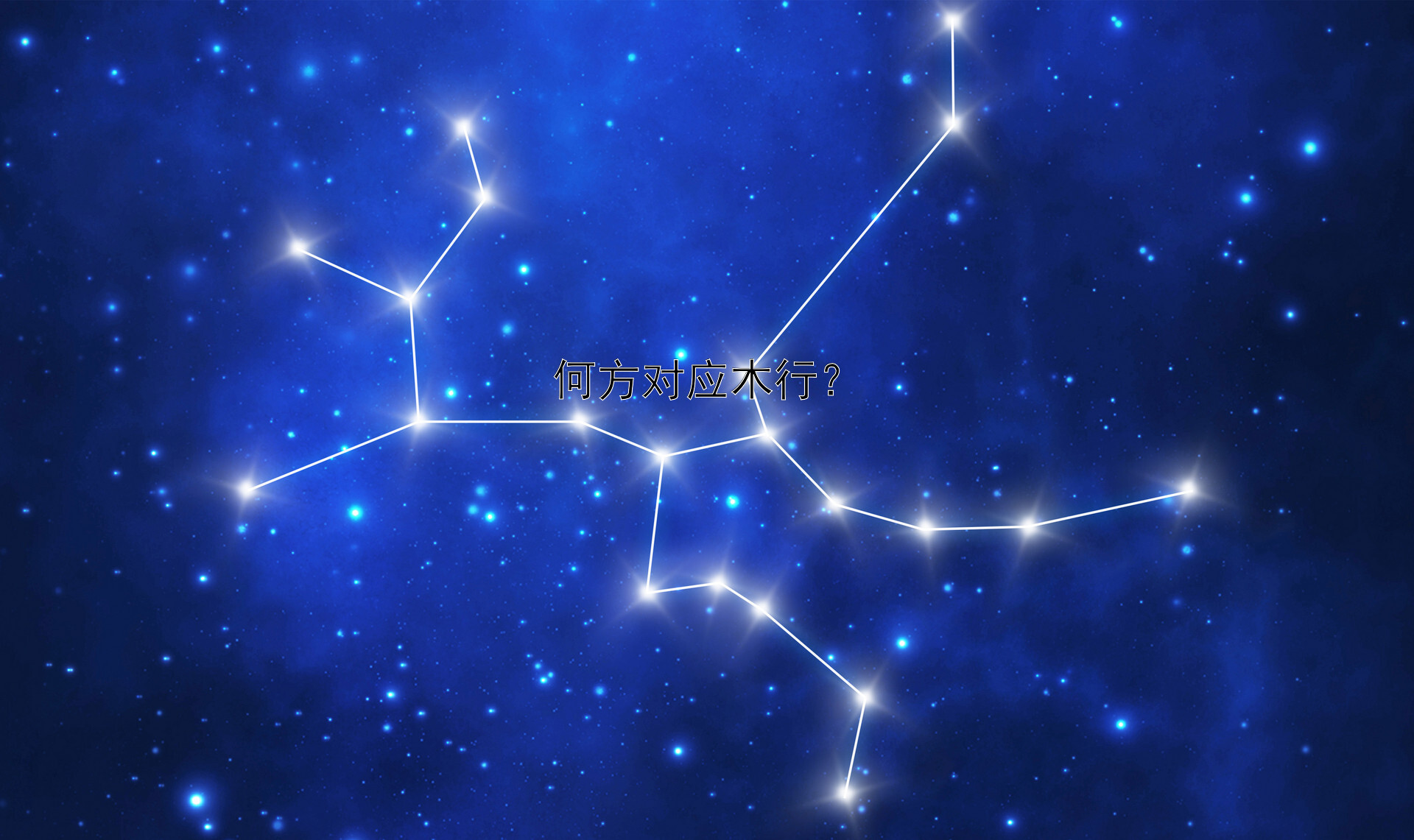
In terms of astrology, each direction on the compass corresponds to one of these five elements. The east, where the sun rises every morning, represents growth, renewal, and birth—qualities traditionally attributed to wood. Therefore, it makes sense that the east is associated with the Wood element. This connection can be found in various cultures around the world; for example, in many ancient cultures, the east was seen as a place of new beginnings and hope.
The Wood element itself embodies several key concepts: 1. Growth: Just like plants grow from seeds to full-fledged trees, the Wood element symbolizes the process of development and expansion. It suggests an organic progression towards greater heights and complexity. 2. Flexibility: Trees bend with the wind rather than breaking against it. Similarly, the Wood element signifies adaptability and resilience under pressure. It encourages us to find ways to thrive despite challenges or setbacks. 3. Vitality: A forest filled with lush greenery exudes energy and vibrancy. In this way, Wood represents health, vitality, and overall well-being. 4. Struggle: Planting a seed requires effort before it can bear fruit. The Wood element reminds us that success often involves hard work, competition, and overcoming obstacles. 5. Community: Forests function as complex ecosystems where different species rely upon one another for survival. Thus, Wood stands for interdependence within communities and society at large.
People born during springtime (the season governed by the Wood element) may exhibit some of these traits more strongly than others due to their natal energies aligning with the current cosmic cycle. However, regardless of our exact date of birth, we all have aspects of each element within us because they interact constantly throughout nature and culture alike. By understanding how these forces operate individually and together, we gain insight into both ourselves and our environment which helps guide wise decisions about personal sagas as well collective futures too!
